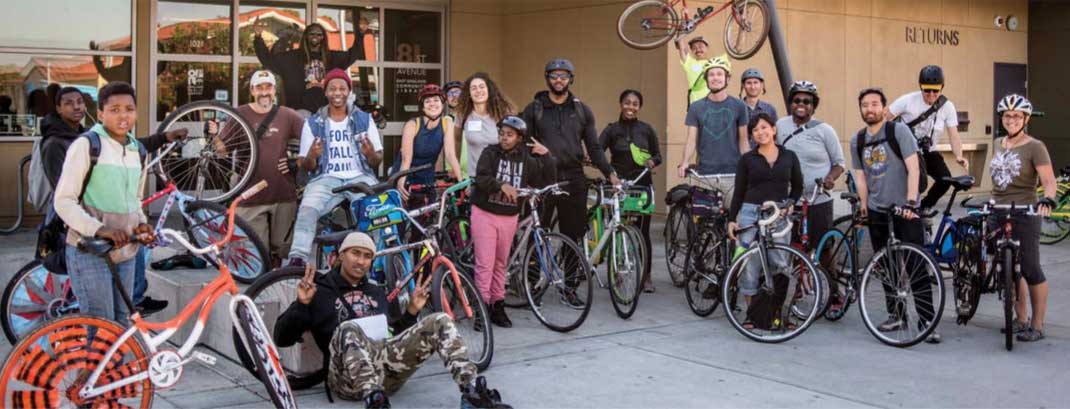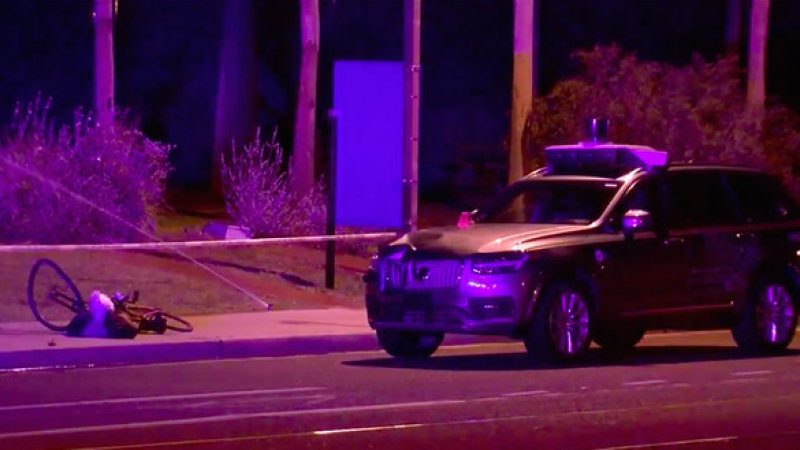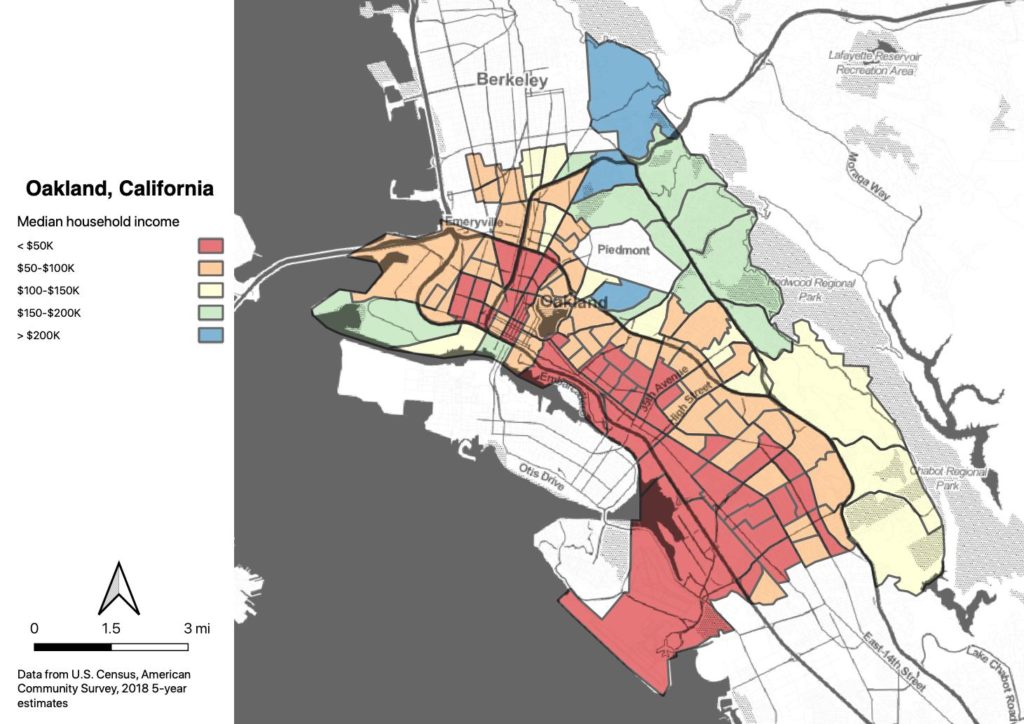 The new Oakland bike plan, Let’s Bike Oakland 2019, was officially adopted by the Oakland City Council last night. I have my critiques, of course, but I also want to give credit where it’s due. The plan represents probably the best effort possible in our current planning environment, and it’s largely the result of dedicated work by some of the folks involved, especially Lily Brown and Jeff Knowles, who pushed back against structures which are not designed to address topics outside of infrastructure. Because of that, there’s a lot more in the plan about community programs and equity than would ever have been the case otherwise. (Compare the 2007 plan, which has zero.)
The new Oakland bike plan, Let’s Bike Oakland 2019, was officially adopted by the Oakland City Council last night. I have my critiques, of course, but I also want to give credit where it’s due. The plan represents probably the best effort possible in our current planning environment, and it’s largely the result of dedicated work by some of the folks involved, especially Lily Brown and Jeff Knowles, who pushed back against structures which are not designed to address topics outside of infrastructure. Because of that, there’s a lot more in the plan about community programs and equity than would ever have been the case otherwise. (Compare the 2007 plan, which has zero.)
Darlene Flynn also deserves credit for challenging OakDOT to adopt a real community-based process for developing the plan, as does Ryan Russo for really embracing the idea, and being willing to spend the extra time and money it required.
And of course, the most difficult work was done by the community groups who led that outreach: the East Oakland Collective, Bikes4Life, Cycles of Change, The Scraper Bike Team, and Outdoor Afro. Running workshops for diverse groups, and distilling the info gathered down into something useful, is the most challenging part of true engagement. The efforts of those groups, and their street credibility, made it possible to get real input from their communities.
So, thank you all, and well done.
I have two broad critiques. One is that the processes to fund and implement city projects are designed primarily to build infrastructure, which leads to funding allocations which are primarily focused on infrastructure, with little or nothing for programs. Jeff Knowles pushed back on this and got some specific program funding into the plan, but it’s still pretty small. The estimates for infrastructure in the plan range from $40M-$115M, while the program estimates range from $2M-$5M.
I will soon be on a crusade for 10% of bike plan funding to go to programs. The last marginal dollar spent on infrastructure is better spent on something else. (Not only in Oakland. Everywhere.) I mean, the back-of-envelope cost of protected infrastructure is $1M/mile, and in any city, the difference between 90 miles of it and 100 miles will not transform the experience of riding a bike. But $10M in funding absolutely could transform our capacity to deliver programs. $10M is greater than the combined budgets of the Scraper Bike Team, Bikes4Life, Cycles of Change, WOBO, and BikeEastBay. Logistically, we can’t just drop $10M into those organizations. but we need to find ways to financially support and lift up their work. They shouldn’t have to run gofundme campaigns to keep themselves afloat.
The other critique is that now that the plan is official, we need to operationalize it, and our city planning structures aren’t any better at operationalizing equity than they are at putting it into the plan in the first place. It’s really easy to slip into project-based work, with success metrics defined by budgets and timelines; that’s what Departments of Transportation naturally do. It will be up to the dedicated people who made the plan what it is, to keep pushing on OakDOT to center equity in its operational work.
I met with Jeff earlier this week, and we talked about the problem of addressing equity in traditional consulting operations like Alta, or in traditional bike advocacy, or in city government; none of them are incentivized to do it. So to get even the little bit of progress we’ve made in Let’s Bike Oakland is notable. The question will be how to turn that little bit of progress into a substantial change in practice, and that will require continually pushing those structures out of their comfort zones. Jeff and I met this week and talked about the possibility of setting up a local community of practice to discuss race and equity in bike and pedestrian planning; we’ll see if we can get some traction on that. Perhaps connecting with Lugo’s People for Mobility Justice. I’ll be reaching out to local allies soon.


